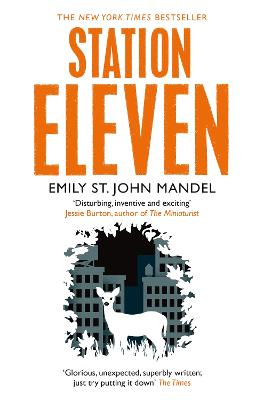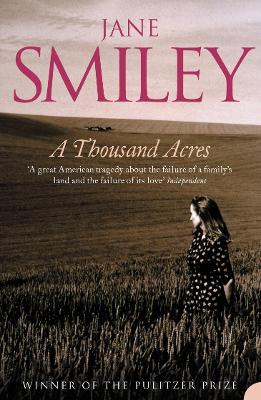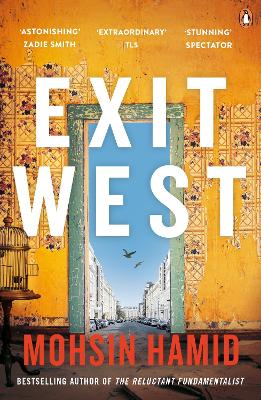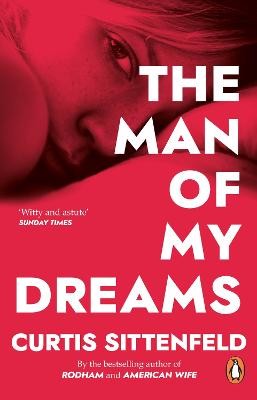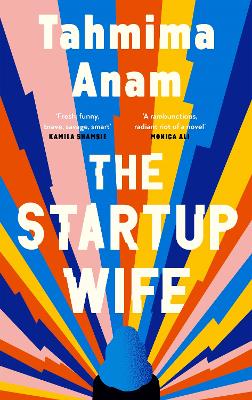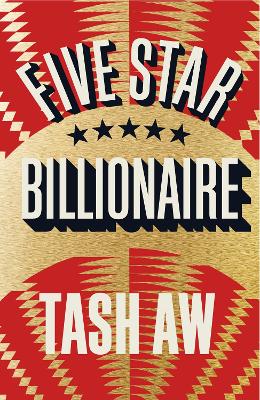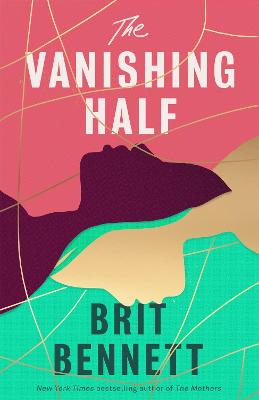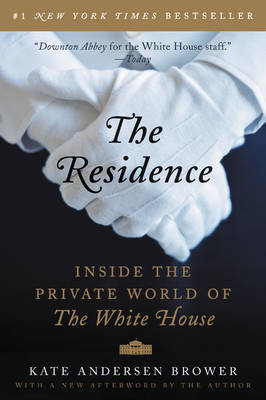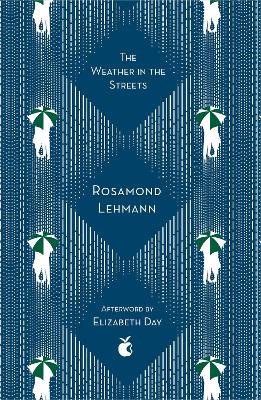
The Big Oyster
From Shelf: Wish list
When Peter Minuit bought Manhattan for $24 in 1626 he showed his shrewdness by also buying the oyster beds off tiny, nearby Oyster Island, renamed Ellis Island in 1770. In 1842, when the novelist Charles Dickens arrived in New York, he could not conceal his eagerness to find and experience the fabled oyster cellars of New York City's slums.
When Peter Minuit bought Manhattan for $24 in 1626 he showed his shrewdness by also buying the oyster beds off tiny, nearby Oyster Island, renamed Ellis Island in 1770. From the Minuit purchase until pollution finally destroyed the beds in the 1920s, New York was a city known for its oysters, especially in the late 1800s, when Europe and America enjoyed a decades-long oyster craze. In a dubious endorsement, William Makepeace Thackeray said that eating a New York oyster was like eating a baby. Travellers to New York were also keen to experience the famous New York oyster houses. While some were known for their elegance, due to a longstanding belief in the aphrodisiac quality of oysters, they were often associated with prostitution. In 1842, when the novelist Charles Dickens arrived in New York, he could not conceal his eagerness to find and experience the fabled oyster cellars of New York City's slums. The Big Oyster is the story of a city and of an international trade.Filled with cultural, social and culinary insight - as well as recipes, maps, drawings and photographs - this is history at its most engrossing, entertaining and delicious.
RRP: £12.99
Format: Paperback / softback
ISBN: 9780099477594



